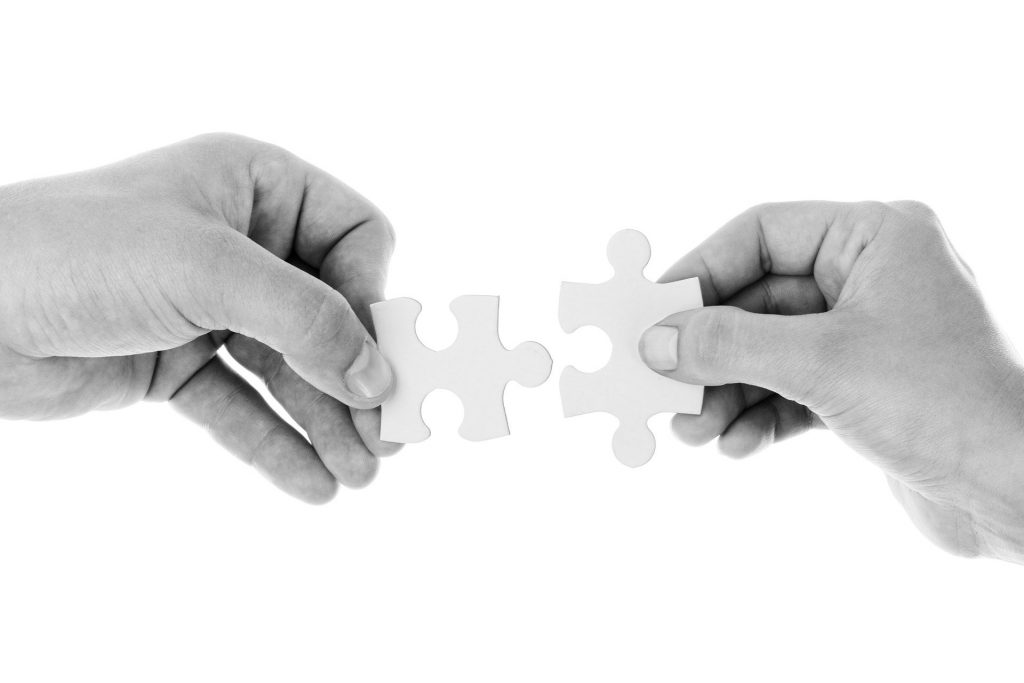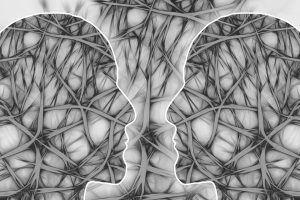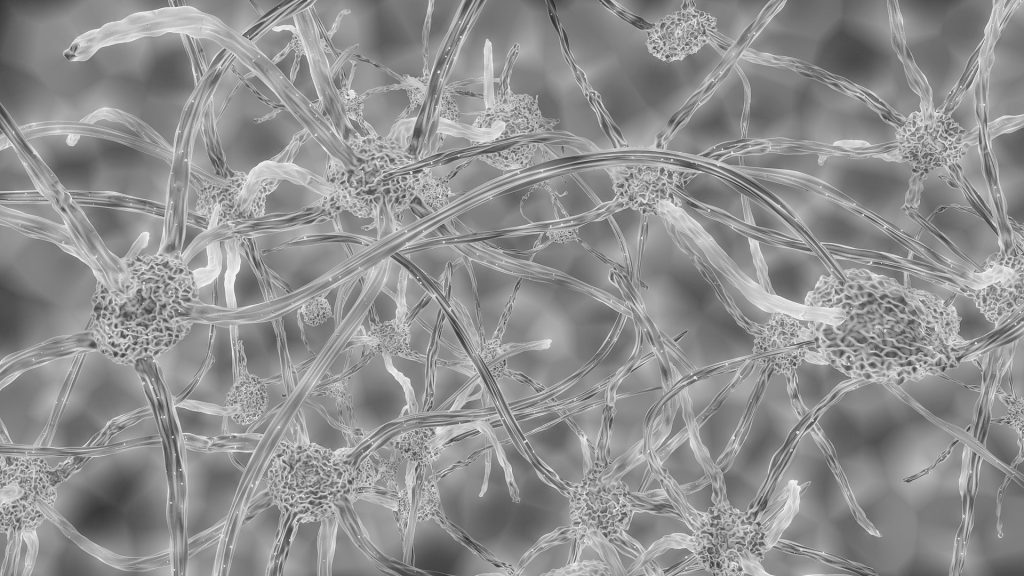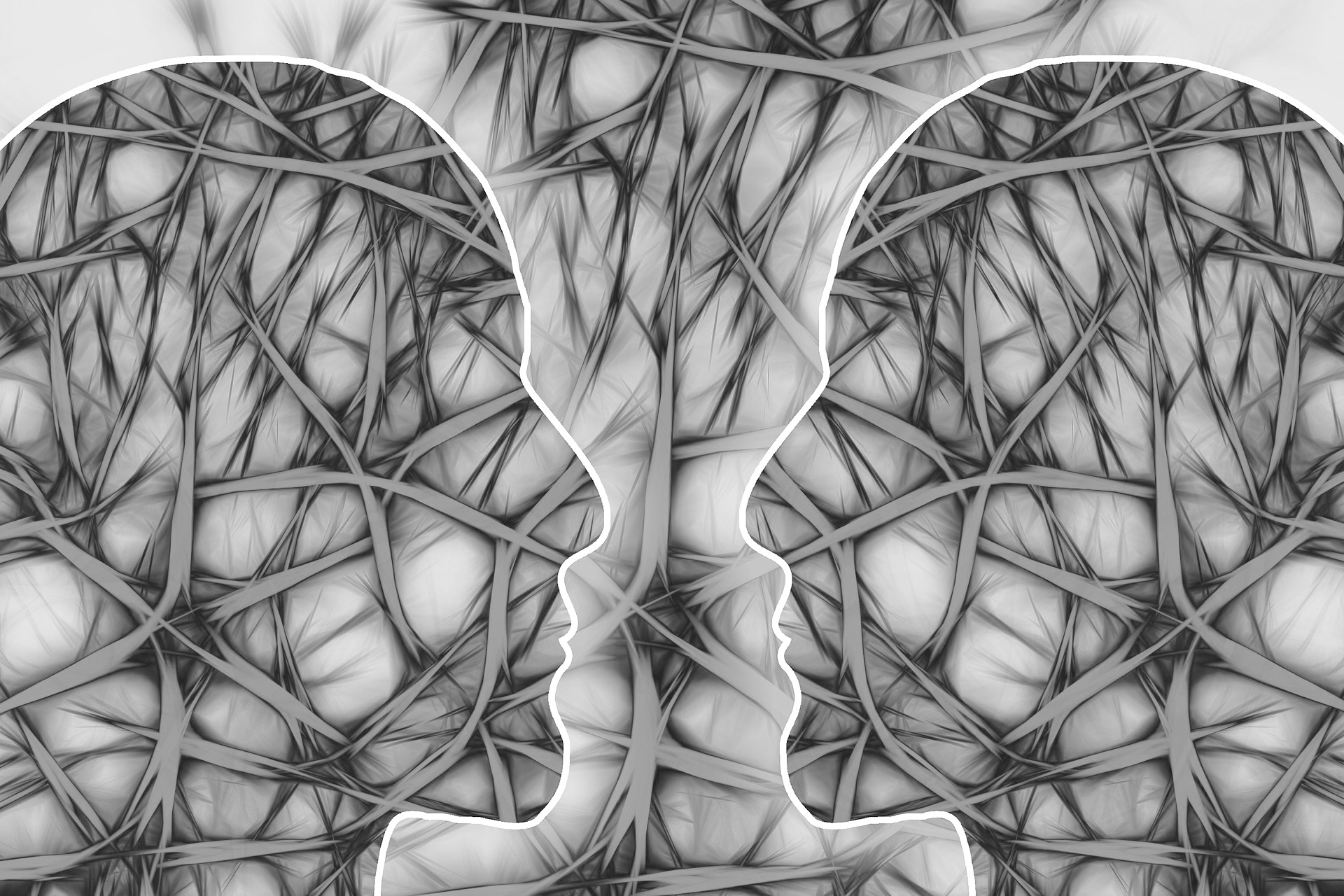Contents of Article
- 1 MIND BODY CONNECTION
- 2 & the Therapeutic Fundamentals of Practice
- 3 Contextual Coherence
- 3.1 The Grounded Splendour of Contextual Coherence
- 3.2 Contextual Coherence is both a Property and a Process of the Self
- 3.3 Context is a Clause of Coherence
- 3.4 The Feasibility of Coherence
- 3.5 The Neurobiological Correlates
- 3.6 The Self becomes More Aware
- 4 References and Resources
- 5 Read more about my Therapy Services
- 6 Ask any Question
- 7 Read more about me Professionally & Personally
MIND BODY CONNECTION
& the Therapeutic Fundamentals of Practice
When a person is in a more coherent state there is a shift in the relative autonomic balance toward increased parasympathetic activity (vagal tone), increased heart-brain synchronization and entrainment between diverse physiological systems. In this mode, the body’s systems function with a high degree of efficiency and harmony and natural regenerative processes are facilitated.
McCraty, 2015
Contextual Coherence
There is nothing more encapsulating than the seamless flow of a stream that swishes and swirls continually folding in on itself. As it dances off the edges off the banks in an amalgamation of chaos and conformity, the current of water somehow draws the inside-out and the outside-in connecting a multitude of movements into an ever-emerging-transforming-interweaving whole.Such a current of movement resembles the flow of life that runs throughout each of us, grounding our awareness of things as they are. This movement is a knowing and known of the Self that finds its form in perceivable patterns of energy and information – an emerging reality that makes sense (Siegel, 2010).  Such grounded splendour is that in which the quintessence of all that transpires dances together seamlessly emerging in coherence: As all the pieces of the patterned puzzle move together in their natural order an integrated whole emerges bringing about a form of differentiated unity. This is a unity that allows for clarity, choice, and that which seamlessly moves toward the unforeseeable future in recursive complexity (Siegel, 2010).
Such grounded splendour is that in which the quintessence of all that transpires dances together seamlessly emerging in coherence: As all the pieces of the patterned puzzle move together in their natural order an integrated whole emerges bringing about a form of differentiated unity. This is a unity that allows for clarity, choice, and that which seamlessly moves toward the unforeseeable future in recursive complexity (Siegel, 2010).
The Grounded Splendour of Contextual Coherence
Analogous to this encapsulating stream is the grounded splendour that resides within the notion of Contextual Coherence. Most significantly, Contextual Coherence is an ever-evolving communicative property and process that transpires in connexion to the inherent self-organising systems of the mind-body. Such transpiration moves physiological, psychological, and sociological function towards greater recursive complexity.
More aptly, with an increasing capacity to bring meaningful awareness and attunement to the individual elements of these organising systems of the mind-body, as they move across time, a reciprocity of truth and sequential flow arises. Such reciprocity then invokes emergent levels of equilibrium activating processes that innately integrate functioning. And, with integrated mind-body functioning the enigmatic regenerative processes that organically move systems toward health, wellness, and overall well-being unfolds (McCraty, 2015; Siegel, 2012).
…contextual coherence is fundamentally vital in the Self’s capacity to weave together a diachronic sense of Self…
Contextual Coherence is both a Property and a Process of the Self
Also referred to as Coherence in Context, this concept is both a noun – an emergent narrative based property of the Self that emerges over time, and a verb – an explicitly facilitated process of sense making with an Other. Both as a property and process continued contextual coherence is fundamentally vital in the Self’s capacity to weave together a diachronic sense of Self, Other, and the World within and between time, space, and place. When this diachronic sense is conceived within the bounds of Co-Regulated Connection (whether in the primary dyad between caregiver and child or within therapeutic dyads across the lifespan) the Self finds space in safety to allow a moment-to-moment unfolding of here-and-now experience (present) as it awakens then-and-there memory (past) and new-and-next anticipation (future). This emergent unfolding of past-present-future within a relationally safe space in turn allows the Self with the other to co-construct an understanding of the inner impact of certain events and/or interpersonal interactions as they occurred over the lifespan (Siegel, 2012). Said co-construction is a receptive resonant collaboration that reflects relational attunement and an awareness of Self and Other within the World which in turn serves as a recursive process of physical, mental, and relational insight as it relates to a stable yet flexible sense of Self with worth (Cozolino, 2002).  Notably with co-constructed insight, the knowing (the experience of awareness) allows inner or interpersonal reactions (ways of coping), as they transpired within specific interactions or events, to be attuned to and understood within their context, this in turn opens Self to becoming fully known (that which we are aware of) (Siegel, 2012). Further to this, when Self opens to discerning an experience of awareness (knowing) from that which one can be aware of (the known), there becomes compassionate capacity for future modulation and modification of affect in turn leading to effective response over reaction. That is, the neural process that underscore the linkage of differentiated and complimentary physical, mental, and relational action (the flowing of energy in specific patterns of information) within and between the Self and Other becomes part of a coherent history of contextual based interactions and events, this in turn becomes an internalised and automated process of the Self in continued modulation, modification, and integration (Badenoch, 2018; Cozolino, 2002; Siegel, 2012).
Notably with co-constructed insight, the knowing (the experience of awareness) allows inner or interpersonal reactions (ways of coping), as they transpired within specific interactions or events, to be attuned to and understood within their context, this in turn opens Self to becoming fully known (that which we are aware of) (Siegel, 2012). Further to this, when Self opens to discerning an experience of awareness (knowing) from that which one can be aware of (the known), there becomes compassionate capacity for future modulation and modification of affect in turn leading to effective response over reaction. That is, the neural process that underscore the linkage of differentiated and complimentary physical, mental, and relational action (the flowing of energy in specific patterns of information) within and between the Self and Other becomes part of a coherent history of contextual based interactions and events, this in turn becomes an internalised and automated process of the Self in continued modulation, modification, and integration (Badenoch, 2018; Cozolino, 2002; Siegel, 2012).
Context is a Clause of Coherence
To elaborate a little, context can be appreciated as a clause of coherence that pre-empts how internal and external, interpersonal and intrapersonal stimuli is sensed, perceived, and interpreted; this occurs in a manner that makes sense to the Self within the unfolding occurrences of life (Siegel, 2012). Whether in awareness or not, context is the “situational constraints” or the circumstances that shape the manner by which a flow of energy and information emerges from the Self’s mind-body (Badenoch, 2018; Cozolino, 2002; Siegel, 2010). This emergence is moment-to-moment and creates uniquely individual dispositions of being and doing. To clarify, context can be seen as the internal and external situational milieu that influence affective perceptions of fear and safety, depletion and satiety, imitation and innovation, distress and delight, stability and flexibility, thus how these perceptions are woven into functional interpretations that allow for adaptively modulated responses. In addition, without an appreciation of the contextual influences that impact sensation, perception, interpretation, and adaptive response, the emergent processes that underscore the equanimous weaving together of a diachronic sense of Self cannot function in an ongoing togetherness of physiological, psychological, sociological patterns of energy and information flow: without context, coherence is not feasible.
The Feasibility of Coherence
With this in mind, it can be noted that the feasibility of coherence is reliant on the ability of the Self to maintain a malleable window of tolerance. Such a window allows the Self’s physiological, psychological, sociological systems to remain in safe states of engagement (Social Engagement System – Porges, 2001) when incongruences within and between external and internal influences arise – that is, when contextless patterns of energy and information flow arise within a situation, the Self does not react on impulse. Rather, with a tolerable window for incongruence such patterns are modulated spatiotemporally and diachronically in a responsive manner; with a tolerable window for incongruence the Self can harmoniously broaden and build characteristic propensities of curiosity, clarity, consistency, cohesion, coordination, and connectedness (Fredrickson, 2000; McCraty, 2015). This in turn brings about modified patterns of stimulus-response. As characteristic propensities are broadened/built and modified patterns are created, the adaptability of the window of tolerance is expanded; meaning, moment-to-moment context is more autonomously available to remain in continuing awareness as stimulus-response is processed with implicit appreciation of the spatiotemporally affected spaces that effect a diachronic sense of Self. Furthermore, this awareness enhances the Self’s continual capacity to modulate and modify reaction to response which in turn enhances the Self’s capacity to consistently cohere the here-and-now to the then-and-there and the new-and-next in an ever-unfolding narrative: this is contextual coherence in action and the functional ability of the biopsychosocial Self to move in equilibrium toward integrated well-being.
…there is enhanced neural transmission and more efficient communication between the physical, mental, and relational processes of the nervous system…
The Neurobiological Correlates
To correlate neurobiologically, the neural process that underscore the linkage of differentiated and complimentary physical, mental, and relational action and thus that which underscores contextual coherence in action, might be associated to the neural processes that create the circumstantial frequency-lock synchronisation of differentiated oscillatory systems (McCraty, 2015). As differentiated oscillatory systems of the mind-body attune and reciprocally stream together in circumstantial synchrony, an enhanced efficient exchange of electro-chemical energy and information occurs – that is, there is enhanced neural transmission and more efficient communication between the physical, mental, and relational processes of the nervous system (McCraty, 2015; Seigel, 2012). With greater synchrony this enhanced exchange promotes a consistent adaptability and fluidity throughout processes, this naturally moving systems toward greater recursive complexity. More specifically, such neural processes reflect a scaffolding of modulated and modified afferent input (sensory input) and efferent output (motor output) that autonomously oscillates the Self’s systems toward homeostasis and the innate activation of the enigmatic regenerative processes that organically drive health and wellness.
 To differentiate these oscillatory systems with more specificity, thus highlighting those that are modulated and modified in contextual coherence, the primary processes between the Self’s afferent input and efferent output can be extrapolated. Relaying sensory input from the peripheral nervous system, the afferent (upward bound) nerves take energy from the external and internal senses to the spinal cord, up through the brainstem and into the skull encased brain (central nervous system) where autonomous processes begin, and the somatic regulation of efferent response quickly follows. As energy quickly flows up through the brainstem and through the midbrain (primordial/primary emotive-motion or intentions-in-action), it simultaneously moves through the thalamus (sensation hub), hypothalamus (regulation and coordination of basic life functions), and the lower limbic areas (secondary emotive-motion) – including the amygdala (meaning appraisal, social signals and emotional reaction), hippocampus (memory consolidation and retrieval), the anterior cingulate (coordination of physical input to attentional states), and the basal ganglia (movement, habit, learning) (Badenoch, 2018; Panksepp, 2010; Siegel, 2012; The Science of Psychotherapy, 2016; The University of Queensland, 2019) – where subcortical perception processes begin. As these processes of retrieving, registering, blending, and encoding work they implicitly mediate a raising sense of knowingness to the flow of energy – specific patterning is becoming readied into information; as the flow of energy then moves to higher cortical regions, these processes will soon allow this knowingness to become a known sense of perceptive awareness – energetic information that allows for interpretation and action. That is, a mediated flow of perceptive patterned energy flows through the right cortex (viscerally mediated contextual connotation – more than the sum of the parts) and through the left cortex (logical, literal, categorical, with focussed detail differentiation – reconstructed in abstraction from context) in a hemispheric dance of interpretation formation (Badenoch, 2018; McGilchrist, 2009; Siegel, 2012; The University of Queensland, 2019). Finally, as perceptive and interpretive processes link to surmise an understanding of the here-and-now as it relates to the then-and-there and the new-and-next, processes of efferently bound reaction (autonomic / involuntary) or response (mindful / voluntary) occur.
To differentiate these oscillatory systems with more specificity, thus highlighting those that are modulated and modified in contextual coherence, the primary processes between the Self’s afferent input and efferent output can be extrapolated. Relaying sensory input from the peripheral nervous system, the afferent (upward bound) nerves take energy from the external and internal senses to the spinal cord, up through the brainstem and into the skull encased brain (central nervous system) where autonomous processes begin, and the somatic regulation of efferent response quickly follows. As energy quickly flows up through the brainstem and through the midbrain (primordial/primary emotive-motion or intentions-in-action), it simultaneously moves through the thalamus (sensation hub), hypothalamus (regulation and coordination of basic life functions), and the lower limbic areas (secondary emotive-motion) – including the amygdala (meaning appraisal, social signals and emotional reaction), hippocampus (memory consolidation and retrieval), the anterior cingulate (coordination of physical input to attentional states), and the basal ganglia (movement, habit, learning) (Badenoch, 2018; Panksepp, 2010; Siegel, 2012; The Science of Psychotherapy, 2016; The University of Queensland, 2019) – where subcortical perception processes begin. As these processes of retrieving, registering, blending, and encoding work they implicitly mediate a raising sense of knowingness to the flow of energy – specific patterning is becoming readied into information; as the flow of energy then moves to higher cortical regions, these processes will soon allow this knowingness to become a known sense of perceptive awareness – energetic information that allows for interpretation and action. That is, a mediated flow of perceptive patterned energy flows through the right cortex (viscerally mediated contextual connotation – more than the sum of the parts) and through the left cortex (logical, literal, categorical, with focussed detail differentiation – reconstructed in abstraction from context) in a hemispheric dance of interpretation formation (Badenoch, 2018; McGilchrist, 2009; Siegel, 2012; The University of Queensland, 2019). Finally, as perceptive and interpretive processes link to surmise an understanding of the here-and-now as it relates to the then-and-there and the new-and-next, processes of efferently bound reaction (autonomic / involuntary) or response (mindful / voluntary) occur.
In its entirety this flow of energy and information, while above differentiated as high-low left-right processes for understanding, is an interwoven process of rapidly branching connections that are highly dependent on the Self’s unique neural networks and the overall health of the neural structures and neural transmitters (Badenoch, 2018); to ignore the simultaneousness of these rapidly branching connections would be to negate the interweaving integrative capacity of the entire nervous system. This in turn would negate the ability of the mind-body to be aware of and attune to sensation, perception, and interpretation of afferent and efferent energy and information as it relates to adaptive response and the Self’s capacity to weave together a diachronic sense of Self within and between time, space, and place. To be utmost succinct, neurobiologically, Contextual Coherence is a communicative movement between afferent and efferent feedback as it simultaneously connects with the lower limbic areas and the left and right cortices bringing together an appreciation of past, present, and future meaning as it relates to adaptive reaction and response (Badenoch, 2018; Dahlitz, 2016; McGilchrist, 2009).
The Self becomes More Aware
 With appreciation of both coherence and context, which is underscored by an understanding of the neurobiological processes of contextual coherence in action, the Self becomes more aware and attuned to the space between stimulus and response. This space in turn opens opportunities for the Self to hold the paradoxes and possibilities that exist within elements of functional systems, to make sense of stimulus, and to access the internal resources needed for a level of response flexibility that considers past, present, and future meaning. With an increasing compacity to bring meaningful awareness and attunement to the individual elements within functional systems – whether physiological, psychological, or relational – emergent levels of equilibrium and harmony activate the enigmatic regenerative processes that innately integrates functioning and organically moves systems toward health, wellness, and overall well-being.
With appreciation of both coherence and context, which is underscored by an understanding of the neurobiological processes of contextual coherence in action, the Self becomes more aware and attuned to the space between stimulus and response. This space in turn opens opportunities for the Self to hold the paradoxes and possibilities that exist within elements of functional systems, to make sense of stimulus, and to access the internal resources needed for a level of response flexibility that considers past, present, and future meaning. With an increasing compacity to bring meaningful awareness and attunement to the individual elements within functional systems – whether physiological, psychological, or relational – emergent levels of equilibrium and harmony activate the enigmatic regenerative processes that innately integrates functioning and organically moves systems toward health, wellness, and overall well-being.
Welcome, my name is Chele, I am a therapist primarily specialising in Trauma & Burnout.
As a psychotherapist & PACFA registered Counsellor I work individually with beautiful humans such as yourself who feel alone, lost, confused, & overwhelmed; those of you who are longing for something different.
As such, I offer my knowledge, skills, and inherent gifts with ears that listen to hear, and a heart open to receive who you are, no matter the suffering you bring; to support you in an exploration of how your past has impacted you and the ways that shows up presently. Together we will rediscover your hope and your sense of Self; we will reconnect you to what matters reclaiming the joy and delight in life you so deserve. I welcome you to view my services or connect with me to explore how I can assist you in your journey.
References and Resources
Badenoch, B. (2018). The heart of trauma: Healing the embodied brain in the context of relationships. W. W. Norton & Company.
Cozolino, L. (2002). The neuroscience of psychotherapy: Building and rebuilding the human brain (Norton series on interpersonal neurobiology). W. W. Norton & Company.
Dahlitz, M. (2016). Guide to the brain Part 6. The Science of Psychotherapy. https://www.thescienceofpsychotherapy.com/guide-to-the-brain-part-6/
Fredrickson, B. L. (2000). Cultivating positive emotions to optimize health and well-being. Prevention & Treatment, 3(1), 1-25. https://doi.org/10.1037/1522-3736.3.1.31a
Leslie, P. J. (2020). Natural resources: The importance of contexts in generating change. The Science of Psychotherapy. https://www.thescienceofpsychotherapy.com/natural-resources-the-importance-of-contexts-in-generating-change/
McCraty, R. (2015). Science of the heart – Exploring the role of the heart in human performance.
McGilchrist, I. (2009). The master and his emissary: The divided brain and the making of the western world. Yale University Press.
Noppe-Brandon, G. (2015). Creating coherent narratives. The Science of Psychotherapy. https://www.thescienceofpsychotherapy.com/creating-coherent-narratives/
Panksepp, J. (2010). Affective neuroscience of the emotional BrainMind: evolutionary perspectives and implications for understanding depression. Dialogues in Clinical Neuroscience, 12(4), 533-545. https://www.dialogues-cns.org/wp-content/uploads/issues/12/DialoguesClinNeurosci-12-533.pdf
Porges, S. W. (2001). The polyvagal theory: Phylogenetic substrates of a social nervous system. International Journal of Psychophysiology, 42(2), 123-146. https://doi.org/10.1016/s0167-8760(01)00162-3
Siegel, D. J. (2010). The mindful therapist: A clinician’s guide to Mindsight and neural integration. W. W. Norton & Company.
Siegel, D. J. (2012). Pocket guide to interpersonal neurobiology: An integrative handbook of the mind (Norton series on interpersonal neurobiology). W. W. Norton & Company.
The University of Queensland. (2019). Brain anatomy. Queensland Brain Institute. https://qbi.uq.edu.au/brain/brain-anatomy

